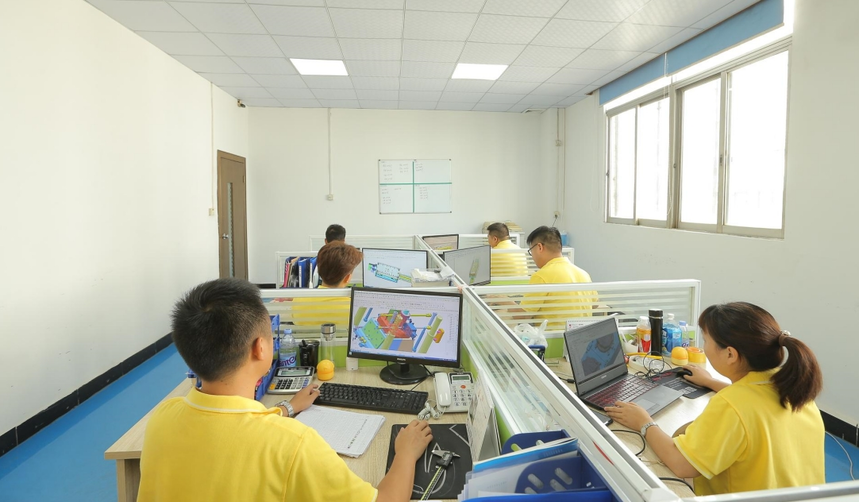|
Preparations before Mold Design
Mold drawings are mainly mold design based on the information provided by customers and considering processing factors. Among them, the information provided by the customer plays a great guiding role in mold design, and the designed mold drawings must meet the customer’s requirements (or be approved by the customer). The requirements provided by customers mainly include the following three aspects. Mold Design: Total Requirements1.Which country the product is sold to? The safety standards of each country are different, and the products are sold to different countries, and the implementation standards are also different. 2.Batches of molded plastic parts. Understand the batch size of plastic parts and determine the size, thickness, guide positioning, material, and number of cavities of the mold and operation. 3.either the mold should be fully automated production. The mold is produced on an injection molding machine, and the size of the mold must match the injection molding machine. If the mold is to be fully automated, the push-out distance of the plastic part must be sufficient, and the push-out must be 100% safe and reliable. 4.Package requirements. 5.Injection molding machine model. It mainly includes the following parameters.
 Mold Design: The requirements for plastic parts1. Drawings of plastic parts, including assembly drawings and parts drawings, plan and perspective drawings, etc. The approximate structure and size of the mold can be known from the plastic part drawing. 2. Appearance and dimensional accuracy requirements of plastic parts.
3. The assembly position of the plastic part in the product. If the plastic parts are installed outside the product, extra care must be taken when designing the position of the push rod and gate and determining the combined structure of the insert, so as not to affect the appearance as much as possible. 4. Color and material of plastic parts
5. Whether there are special requirements on the surface of plastic parts, special requirements on the surface of plastic parts include:
 6. Whether there is excessive wall thickness of plastic parts. Excessive wall thickness will bring trouble to the design and production of the mold. If it can be improved, the production cost can be reduced. However, any changes to the product must be approved by the customer or product engineer. 7. Whether the plastic parts have been inserted. If there are inserts, their installation, positioning, anti-rotation, and heating must be considered. 8. Whether there is too high dimensional accuracy of plastic parts. Excessive dimensional accuracy will increase the cost of mold manufacturing and injection, and sometimes it cannot be done at all, because the dimensional accuracy of plastic parts depends not only on mold manufacturing accuracy, but also on the shrinkage rate of plastic parts, and the shrinkage rate mainly depends on The selection and stability of various process parameters during injection molding. 9.Whether there is a post-processing process after the plastic part is formed. The post-treatment process includes chrome plating, secondary injection, annealing, and humidity adjustment. If there is a post-processing process, it should be considered whether to use auxiliary runners. Mold Design: The Requirements for Injection Mold
|








